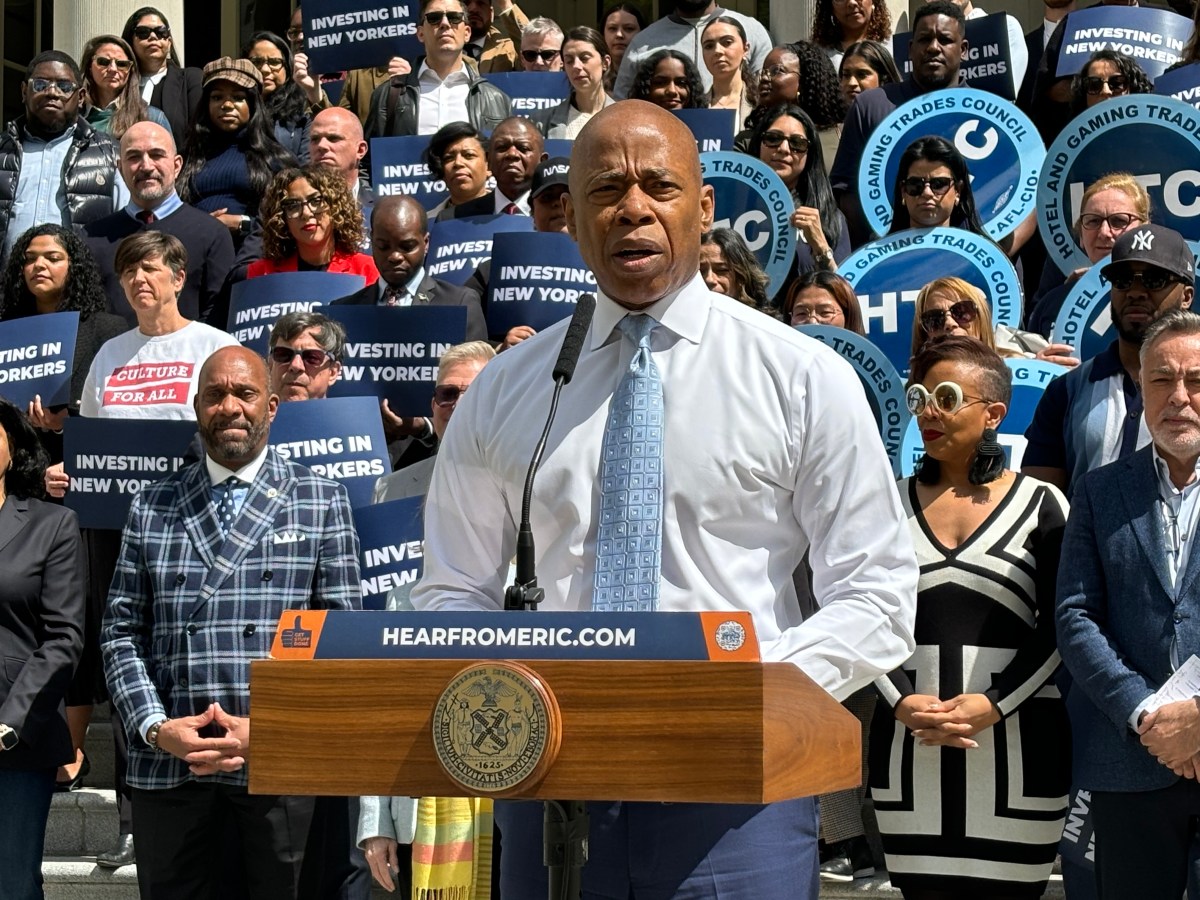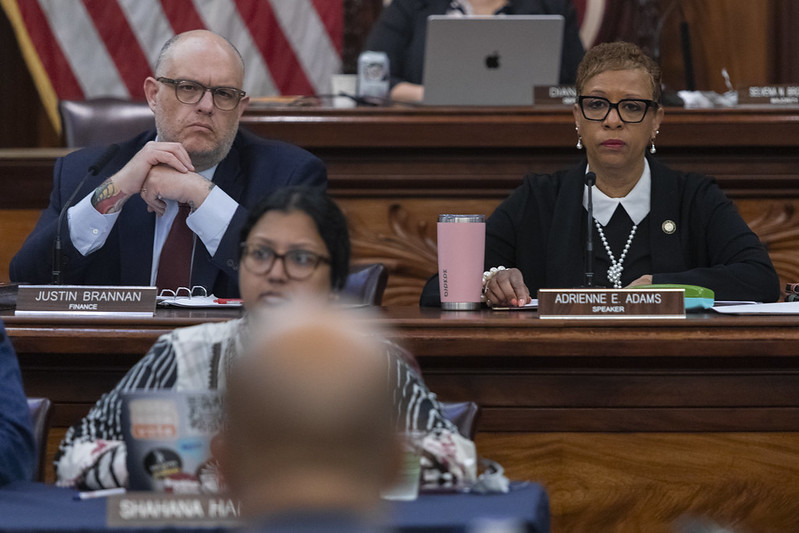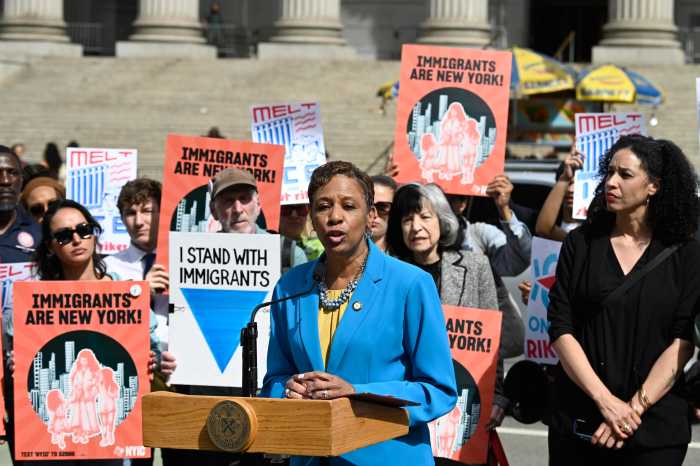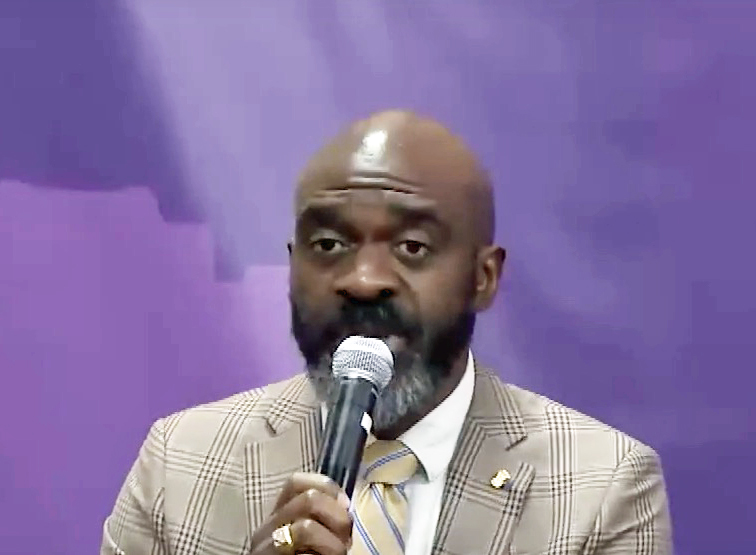As negotiations over the Fiscal Year 2025 budget enter the home stretch, the City Council on Tuesday released new projections that the Big Apple will bring in an additional $1.1 billion in revenue over this year and the next on top of what was predicted by Mayor Eric Adams’ budget office.
The council’s newest projections continue the trend of the city’s legislature more quickly estimating higher revenue than the mayor’s budget office will immediately recognize. It follows the council earlier this year predicting $3.3 billion more in revenue than the mayor’s budget office in January.
Although Adams’ budget office adjusted its projections up $2.3 billion in its executive budget last month, the council’s latest forecast is still higher.
The fresh projections give the City Council even more ammunition in its bid to restore two rounds of deep 5% budget cuts Adams enacted over the past year. The mayor made the reductions to close an anticipated $7 billion funding gap that he has said was driven by spending on the migrant crisis and holes left from expiring federal pandemic aid.
Over a series of hearings this month, set to conclude Wednesday, council members have pressed Adams administration officials over the remaining cuts to the city’s Universal Pre-K and 3-K programs, services for seniors and funding for city parks. At the same time, they have made the case for restoring funding to those areas.

City Council Speaker Adrienne Adams and Finance Chair Justin Brannan said in a joint statement that the additional anticipated funds can be used to restore cuts they have long argued were never necessary.
“Our city economy is resilient, and we have the resources to protect essential services that support working families and keep New Yorkers safe and healthy,” they said. “New Yorkers are counting on us to get this right. Early childhood education, our public-school students, and CUNY must be priorities for us to build a stronger city. Cultural institutions, libraries, and parks are the foundation of our neighborhoods. And housing, mental health care, and programs that reduce recidivism and advance community safety are how we make New York City healthier and safer.”
The higher revenue forecast also comes on top of $2.25 billion in potential underspending and $550 million of in-year reserves that the council identified last month.
The city’s legislature is not alone in estimating there are far more available funds than City Hall has acknowledged. Last week, the city’s Independent Budget Office issued a report finding a $2.2 billion surplus between this fiscal year and the next over what was predicted by the mayor’s office.
Adams, for his part, maintains that his wide-ranging spending reductions were needed to balance the city’s finances and that he has shown “strong fiscal management.” He and his budget director, Jacques Jiha, have argued the mayor’s office must be more conservative in its revenue projections because it cannot afford to spend money it does not have.
While he has rolled back some of the more unpopular cuts he implemented last November and in January, many still remain on the table.
The mayor and the City Council must agree on a spending plan by a June 30 deadline.



































